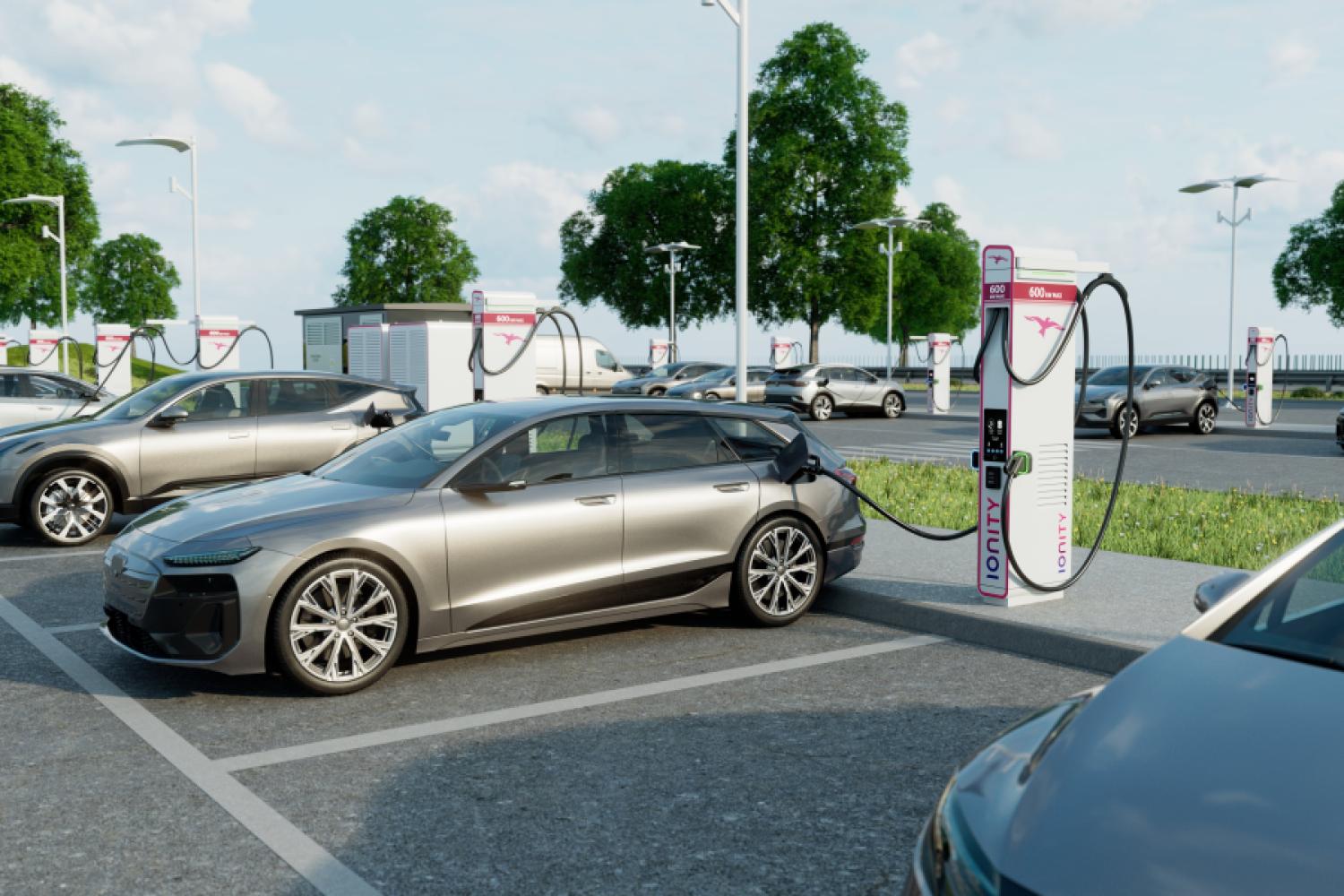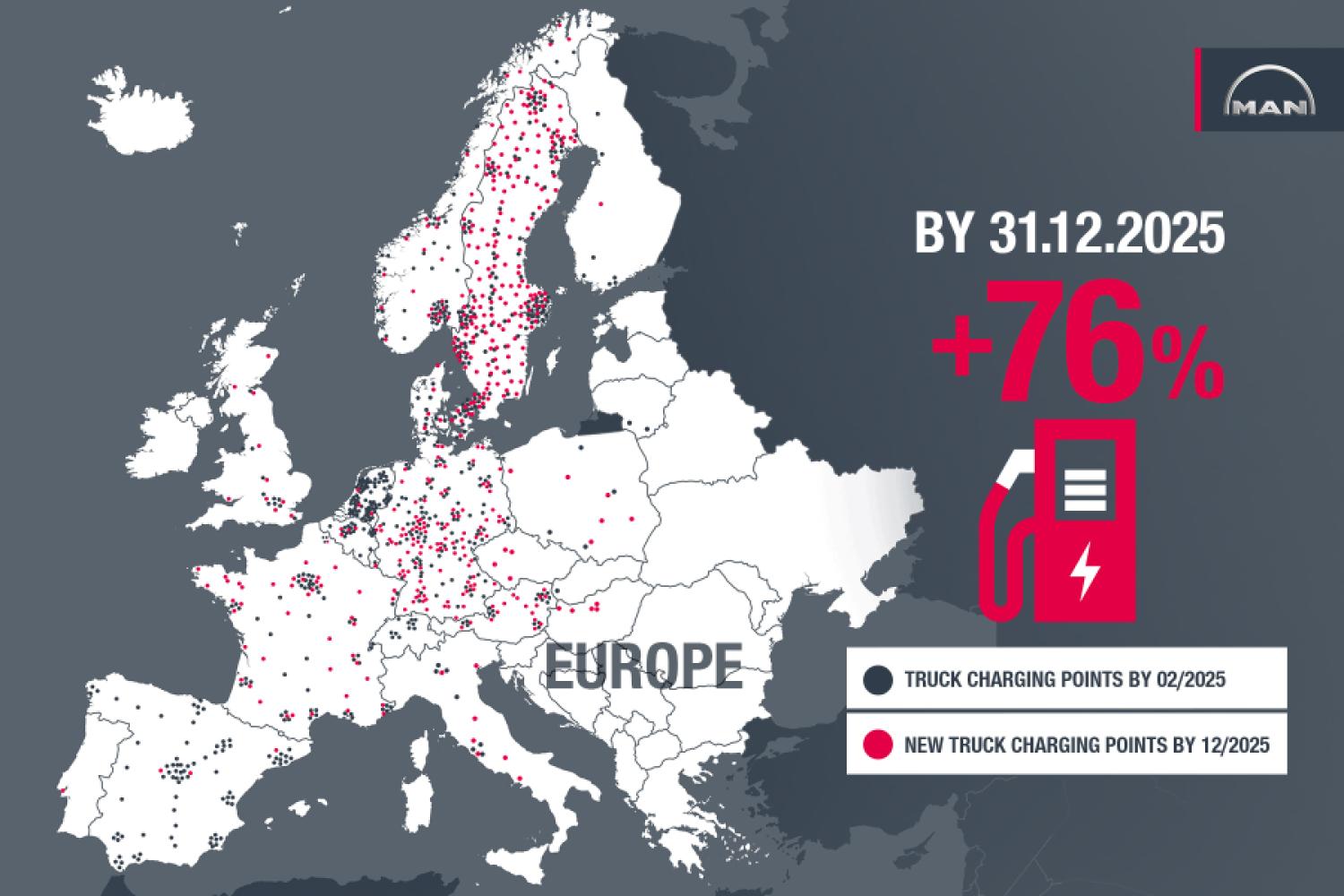The new European transportation brand FLYNT has now officially presented its first fully electric light commercial vehicle ahead of the Auto Shanghai in China. The electric van is said to be a tailor-made solution for the needs of European fleets, according to the promise. The brand operates "as a next-generation asset-light OEM": Instead of owning its own factories or traditional production infrastructures, the company plans to focus its efforts and investments on product strategy and building a sales and service ecosystem across Europe. Research and development as well as production will be handled through partnerships with strong, established manufacturing companies in China, it is stated. This approach aims to ensure quality scalability and rapid market introduction for the entire product range. In the case of the first model, a light electric commercial vehicle, the company is partnering with MiracoMotor - an eLCV spin-off of the GAC Group, which is one of the leading Chinese EV manufacturers with over 20 years of experience. This collaboration aims to combine the speed, cost advantage, and technological quality of an established Chinese player in a vehicle that is supposedly fully tailored for Europe.
“We are not a traditional car manufacturer. We have developed a smarter, more flexible model that places customer needs at the center and uses the best global technology to deliver electric vehicles more cost-effectively than traditional vendors ever could,” claims Daniel Kirchert, founder of FLYNT, previously with Byton and once a former top manager at BMW-Brilliance, confidently.
The decision to partner with China's leading EV ecosystem is strategically
important: China is seen as more than a global manufacturing center, because in recent years the country has built a leading position in EV technology. This includes unmatched development speed and R&D scale, cost leadership in EV platforms, batteries, and powertrains, with advanced digital architecture and software-defined vehicles. Additionally, from Kirchert's perspective, there is excellent product quality, validated on a large scale.
“By integrating this advanced EV technology into a vehicle specifically developed for European fleets, we achieve a level of performance that translates directly into lower total operating costs,” enthuses Rogan Liu, founder of FLYNT. “It is a product that not only meets the expectations of today but also those for the operation of tomorrow.”
The result is a scalable, high-performance eLCV for future-proof transport from last-mile logistics to mobile commerce. The manufacturer aims to see this as no less than a "turning point in fleets transitioning to emission-free vehicles."
“This is not a retrofit. It's no compromise. It's what happens when you throw old thinking overboard and develop something completely new that genuinely addresses what customers need - and then bring it to life through the smartest global partnership you can build,” Kirchert passionately advocates.
Designed in Europe, powered by China's EV expertise
The first eLCV of the ambitious brand was specifically developed for European city and regional transport, as well as the last mile in Europe - reportedly with high efficiency and a digital driving experience, packaged in a robust, versatile design. Key highlights:
- Range: Up to 500 km WLTP (100kWh NCM battery)
- Efficiency:
- 20kWh/100km (WLTP, 3.5t)
- Charging: 22 kW AC, 220 kW DC fast charging (30-80% in 20 min)
- Vehicle-to-Grid and Vehicle-to-Load functionality
- Volume & Payload: 8.7 to 16.5 m³ cargo space; up to 1,630 kg payload
- Platform: Fully electric, native EV architecture
- FWD, RWD, AWD options
- Driving experience: 12.8" main display, 8.8" instrument cluster, wireless Apple CarPlay and Android Auto
- Ergonomics: Intelligent storage, easy access, mobile office functionality
- Safety: ADAS with Level 2 autonomy as standard, Level 4-capable system architecture
- 800-V architecture and comprehensive cybersecurity framework
- Operating costs: Significantly lower than diesel vehicles, high energy efficiency, low maintenance requirements, minimal downtime, and intelligent energy management features
Shaped by European customers, universally applicable
A core element was the joint development together with European fleet operators, drivers, and mobility experts to understand what electric vans really need to deliver - not just in theory, but also in daily operations.
“We've spent the last 18 months in constant dialogue with customers across Europe - from logistics to construction to service fleets,” says Laura Peschke, co-founder of FLYNT. “This vehicle is the result of this continuous co-creation process. It reflects real needs, not assumptions."
Key factor sales & service: The biggest hurdle for Flynt
In January 2025, the company presented its first prototype to selected European media in China at an exclusive preview. The prototype is now set to arrive in Europe this summer, where it will support ongoing pilot programs, customer presentations, and local tests. The official market launch is planned for early European markets starting in 2026, followed by a gradual
rollout and expansion into all 26 target markets in the region. In parallel, a "go-to-market ecosystem" with a strong digital foundation is being built, aiming to rethink the "entire customer journey through innovation and technology," as it is vaguely stated.
A core element is a digital platform that supports the customer experience - from initial contact to long-term operation and service. The goal is to offer not only vehicles but a holistic 360° solution - including integrated clean energy offerings - to help fleets decarbonize efficiently and profitably. Beyond its digital sales and service model, the company focuses on establishing strong partnerships in each target market to provide localized service that European customers expect. First sales agreements have already been signed, and talks are underway to create a robust partner network that ensures coverage, support, and uptime from day one, according to the ambitious promise.
Flynt faces massive competition from established and reorganized players
However, many have promised this before. With Kia's PBVs as well as Renault's Flexis project and Volvo Group, established manufacturers are entering completely anew with existing networks and at least equally promising technical concepts. A manufacturer named Farizon from the Geely empire should also be on the radar, as well as emerging brands like Maxus or recently also BYD in the vans category. The partnership between Rivian and Amazon has also already delivered impressive and practically tested results of a radically new delivery vehicle. And of course, the established van brands Ford, VW, Mercedes, Stellantis, Renault, etc. In short: Reinventing the van will






